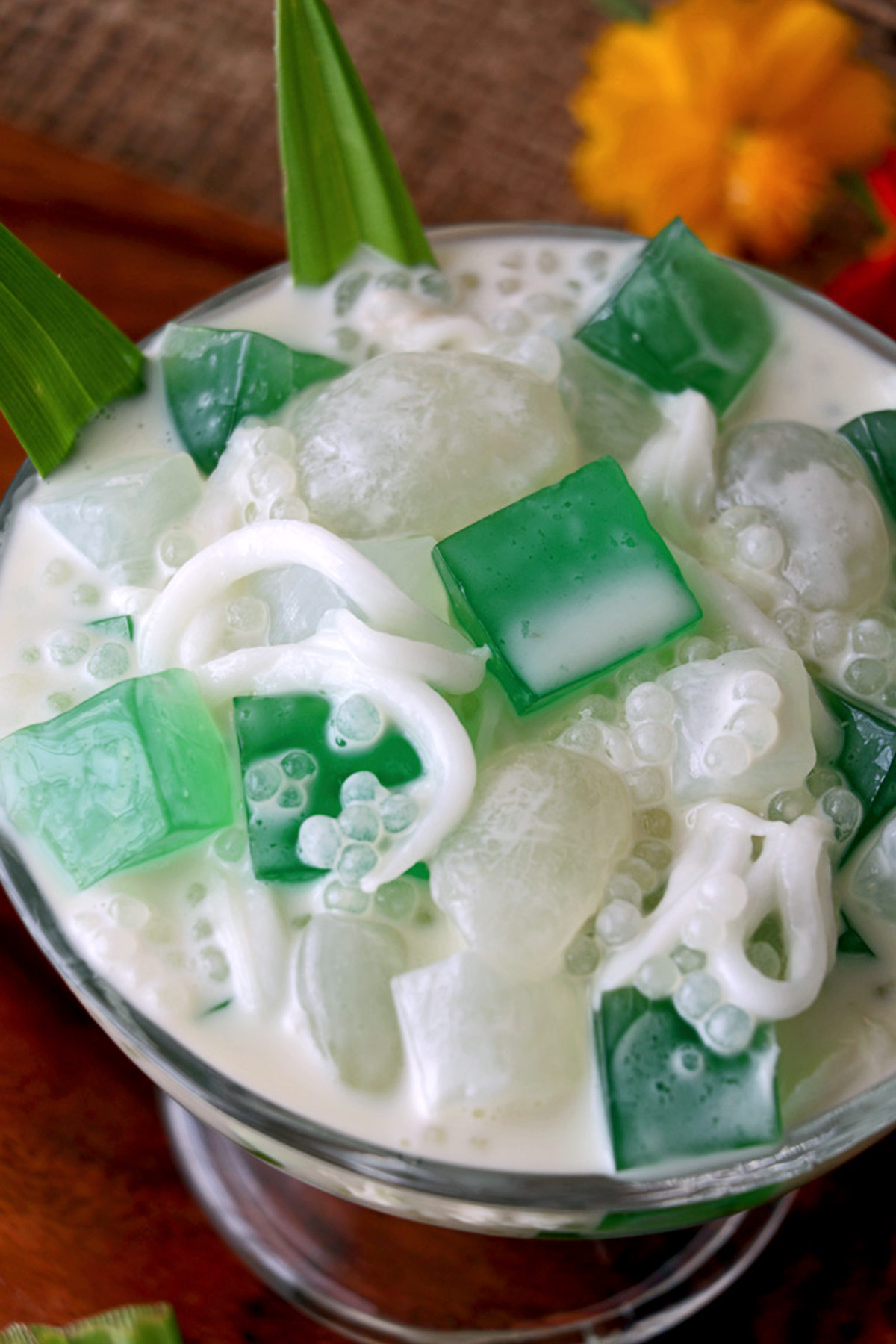【Cultural】Food Festival featuring Philippines
Food shaped the way Filipinos live. There are priceless memories when food is shared, which make it more special. Food glues foreigners, friends, and the whole family together (regardless of lifestyle differences). This food is served at events like birthdays, graduation , anniversaries, or just a simple get-together. Also, the warmth extended to family and friends motivates Filipinos to cook with ❤️.
Filipino food is essentially tied to culture and traditions in the Philippines. Filipinos make every event special by simply making every dish special. Filipino food is simple to cook and always a pleasure to serve and eat. The blend of flavor and texture makes them stand out . Due to the many islands that comprise the Philippines, traditional Filipino food is regional, and recipes can vary widely.
Filipino dishes offer unique blends of Spanish, Japanese, Chinese, Western, and Pacific Islander flavors due to influences from colonization eras. Adobo is named as the National Dish of the Philippines and indeed is the most famous.
Below are the videos on how to prepare a special Filipino main dish Beef Caldereta and Buko Pandan dessert.

Beef Kaldereta (Caldereta) or Beef Stew is a popular Filipino main dish served during parties and holidays. The recipe itself is simple, but t require a bit longer cooking time until the meat becomes tender. Tomato sauce, onion, bell pepper, carrots, green peas, potato, and cheese are usually part of the recipe. Liver spread and red chilis can be added to give more flavor and spiciness. This rich and cheesy sauce is a special dish for special occasions, weekly family gatherings, or for days to indulge. Make sure the marinate the beef with soy sauce, pepper, and garlic to make it tastier.
 Buko Pandan is one of the favorite desserts of international students in NTOU. It is a popular cold dessert especially during summertime and also during family gatherings and holidays as part of Noche Buena (during Christmas Eve) or Media Noche (New Year Eve). It is made with gulaman (jelly) cubes, tropical palm fruits, shredded young coconut meat in sweetened cream.
Buko Pandan is one of the favorite desserts of international students in NTOU. It is a popular cold dessert especially during summertime and also during family gatherings and holidays as part of Noche Buena (during Christmas Eve) or Media Noche (New Year Eve). It is made with gulaman (jelly) cubes, tropical palm fruits, shredded young coconut meat in sweetened cream.
Rich, creamy, and loaded with pandan flavor, this Filipino classic dessert is sure to be a crowd favorite. To make it extra special, Kaong, Nata de Coco and canned fruit are also added but are purely optional. This dessert originated in the island province of Bohol as an inexpensive and refreshing dessert.
Text sources:
[1] https://discoverthephilippines.info/filipino-food-culture-and-traditions/
[2] https://www.canadianfilipino.net/sections/culture/the-role-of-food-in-filipino-culture
